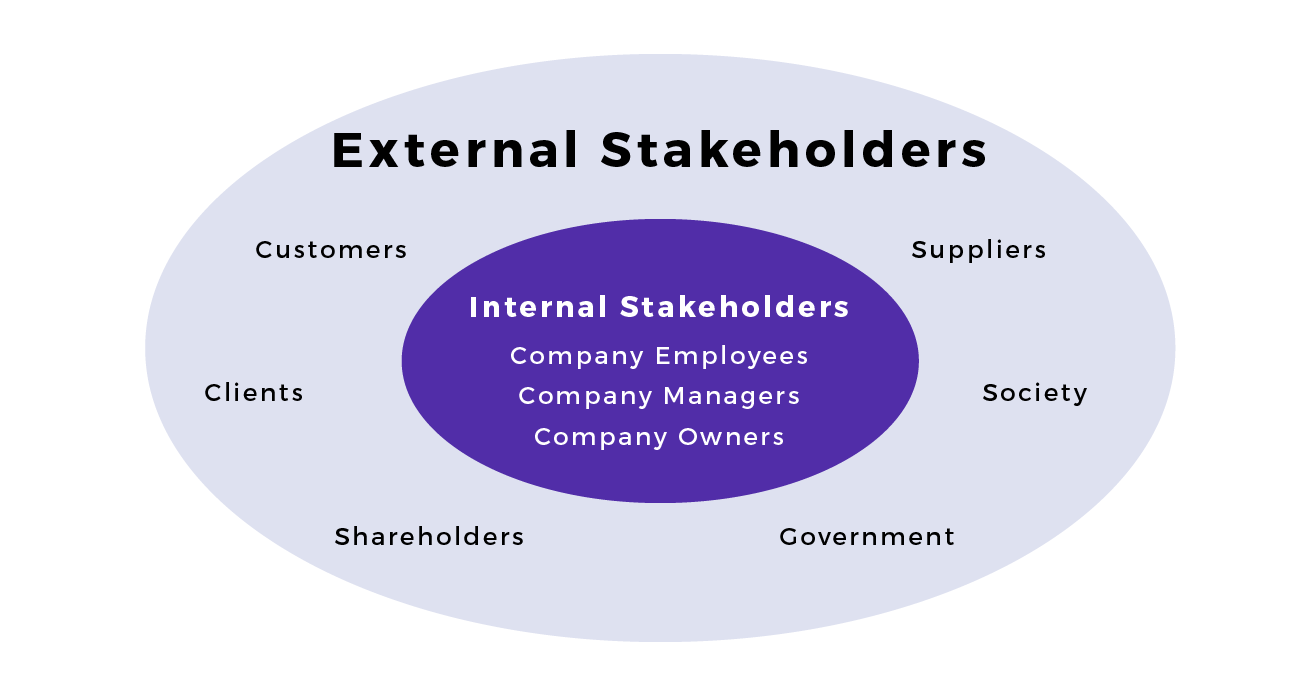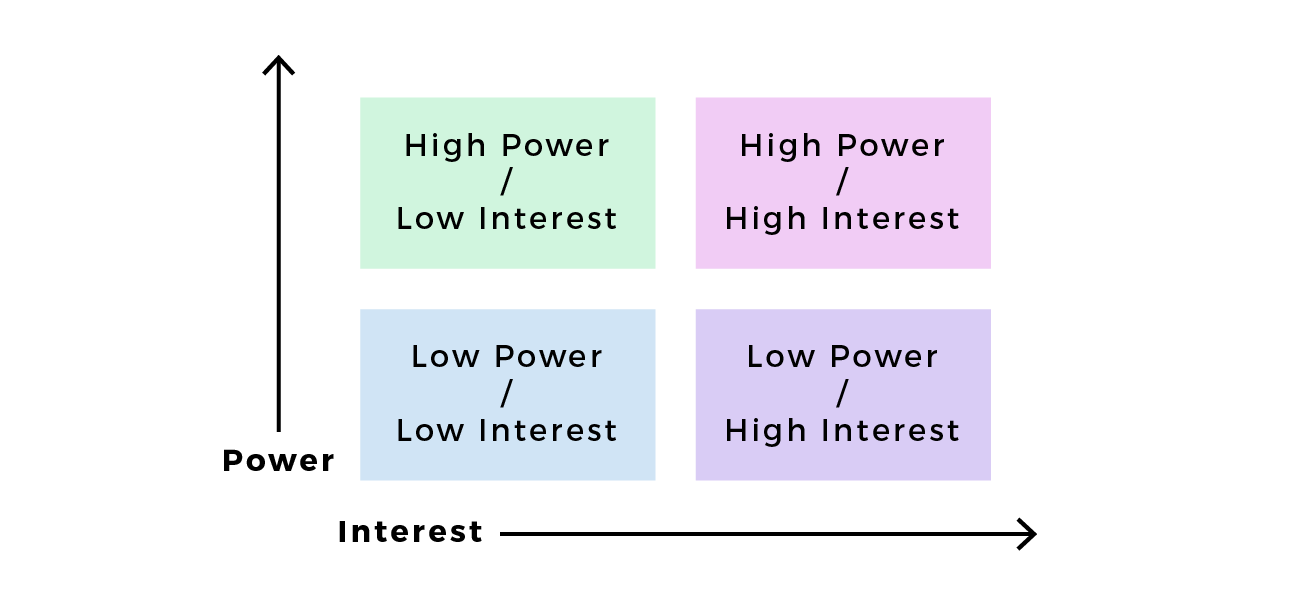What Is a Stakeholder?
A critical aspect of project success is ensuring all relevant parties are involved in decisions and receive information at the appropriate time. People with a vested interest in the project’s success are stakeholders.
The PMBOK Guide 7th edition defines a stakeholder as:
an individual, group, or organization who may affect, be affected by or perceive itself to be affected by a decision, activity, or outcome of a project.
Simply put, stakeholders are people or groups of people impacted by the project or who can influence it.
Identify Stakeholders
You should preferably identify stakeholders before the project starts. Their expectations form the requirements you should consider for the project deliverables.
If you are a project manager in charge of writing a business case for a project that has yet to begin, you will have to identify the stakeholders yourself.
There are different ways to identify stakeholders if the project is already in progress (meaning that the initiating phase has been completed and the project approved).
Read the project charter. It’s a document listing the project deliverables, major milestones, risks, costs, and stakeholders.
Read the contract if a client has signed one. It often includes a list of stakeholders and client contacts.
Who Are Typical Project Stakeholders?
It is important to realize that stakeholders can be both internal (working within your organization) and external (working outside your organization).
Internal stakeholders often comprise:
Company employees
Company managers
Company owners
External stakeholders often comprise:
Suppliers
Society (in general)
Government
Shareholders
Clients
Customers (users of the produce or service)

Ask yourself the following questions to help generate a list of potential stakeholders:
Who is directly involved with the project?
Who may be affected by the project’s outcome?
Who gains if this project is successful?
Who loses if this project is successful?
Who loses if this project is unsuccessful?
Whose reputation is enhanced if this project is a success?
Who are the relevant suppliers?
Who is the user of the resulting product or service?
Are there any governmental, environmental, legal, or societal considerations that suggest stakeholders?
Who are the main organizational leaders who care about or are impacted by this project?
Who has the power to cause the project to succeed?
Who has the power to cause the project to fail if not consulted?
Communicate With Stakeholders
The section above focused on identifying stakeholders, or those who care and are impacted by the success or failure of a project. However, the goal is not just to end up with a list of people. Instead, it's to understand who you must communicate with, about what, and at what moment. You want to understand stakeholders' interests and preoccupations in the early stages of the project and keep them updated as it unfolds.
Here are a few tips for ensuring effective communication with stakeholders during the project:
Include a communication plan in the project charter detailing (in advance) your strategy for deciding how and when to communicate with stakeholders. It lets stakeholders know what communication they will receive and helps set expectations about how you will run the project. It will tell them what to expect and which project team members will be responsible for sharing information, and when.
Consider any major project decisions as items to be communicated to the stakeholders.
Use each milestone as an opportunity to communicate progress. Every stakeholder will appreciate the information that things are progressing according to plan and that you have achieved partial project success. On the other hand, it’s better to be proactive and communicate any delays or issues before stakeholders find out for themselves.
Take advantage of the project closing phase to ensure stakeholders are happy before closing. Also, encourage them to share their gratitude with team members for their work(assuming they are happy).

In the matrix, power is the stakeholder's ability to influence objectives, while interest is the stakeholder's willingness to influence these objectives. Simply put, how much they can do and how much they care.
How should I deal with the different levels of stakeholders?
High Power/low Interest: you should strive to keep them satisfied. They need to be kept informed with what’s happening. Even though they may not be interested in the project outcome, they yield power (e.g. CEO, senior accountant).
High Power/High Interest: beside keeping them satisfied, you should actively engage with and consult them. They can have the biggest impact on the project success, and they are likely to be decision makers (e.g. director of product development, product manager).
Low Power/High Interest: you should keep them informed and updated on the project, but they have low influence on the project itself. However, as they are deeply invested, they can be helpful with details of the project and you should address their concerns (e.g. senior operations manager).
Low Power/Low Interest: you should periodically monitor them to ensure their interest and power levels have not changed, without overwhelming them with too much information (e.g. SEO consultant).
Let’s Recap!
Stakeholders are those who have a vested interest in the project's success.
When determining your stakeholders, it’s important to consider internal and external people.
The project charter and existing contracts should identify prominent stakeholders.
Not communicating with a stakeholder increases the risk that the project will fail because their needs are not considered.
Now that you’ve learned what project management is, the project lifecycle phases, and how to identify stakeholders associated with your project, we will now cover some key terms that will be pretty handy when creating your project documentation.
